
Routines in cities across the country are similar. On the coast or in the central valley, they clean parks, collect trash, fix streets, give permits and charge patents. Every year until now, the budget for services could grow freely according to each city’s demands, but with the rollout of the new fiscal plan, spending can only increase by 4.6% annually.
That’s according to the 4th chapter of the new fiscal reform package approved in 2018 to prevent a fiscal crisis in the country. The objective is that no institution puts pressure on the government’s budget.
In order to better understand, imagine that you receive an annual pay raise of 10%, but your company reduces it to 4.6%.
Cities aren’t happy with this new law. Cañas mayor Luis Fernando Mendoza said during a city council session that cities depend “mainly on revenue collected in each community and don’t have to rely on government resources.”
He and other mayors along with the National Union of Local Governments (UNGL) agree that this measure shouldn’t apply to city halls because, they claim, their budgets depend largely on direct taxes charged in each town and not on annual central government revenue. According to them, limiting their spending won’t benefit the central government.
“That can’t be applied to municipalities because our expenditure doesn’t come from central government money,” he said. “It makes sense for ministries, because the government doesn’t have enough resources to finance current expenditures,” he said.
The Voice fact-checked the mayor’s statement and concluded that it is debatable.
If it’s true that the City of Cañas does receive more revenue from communities than from the central government, than the same isn’t true for all cantons in the country. There are city halls that, some years, receive as much as 69% of their revenue from the central government, according to a data analysis performed by The Voice using information from the Comptroller’s Office and the 2010-2016 Canton Competitiveness Index (ICC).
How subordinate a city is to what the executive gives them varies according to the region of the country and depends on factors such as the amount and type of commercial patents, how big the population is and how efficient the local government is in collecting taxes.
For a city to depend less on the central government means that it can invest more money in things like community projects, road repair or recreation because they are revenues that the canton generates. In fact, what the UNGL has been claiming is that if the budget is limited, they won’t be able to do more projects like those above for their citizens.
Where does City Hall money come from?
City halls have three types of revenues: current, capital and financing.
Current expenditure is ordinary city activity. For example, tax collection, trash pick up and licenses for restaurants and liquor stores.
Capital revenue is money from the Central government and other institutions. Financing are surplusses (resources that aren’t executed in other years) such as loans that some public institutions give.
Not all Cities are the Same
In Cañas, in seven years, central government transfers haven’t surpassed 31% of the total budget, which was in 2013 and the highest ever level.
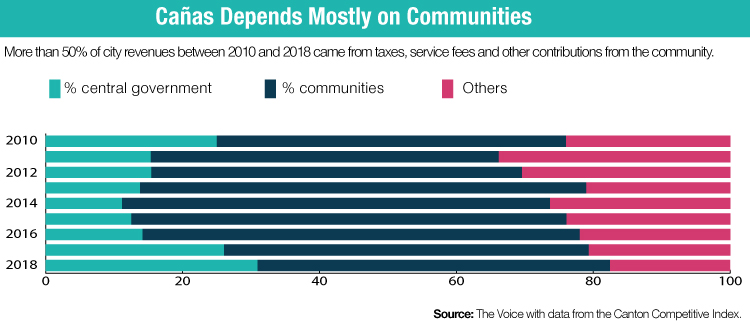
But, coastal provinces are more dependent on boney from the executive. On average, the cantons of Limon receive 30 of every 100 colons from the central government. The other 70 come from taxes or debts collected. In the cantons that belong to Puntarenas and Guanacaste, the government provides 22 of every 100 colons. Heredia receives only 8 of every 100 from the executive.
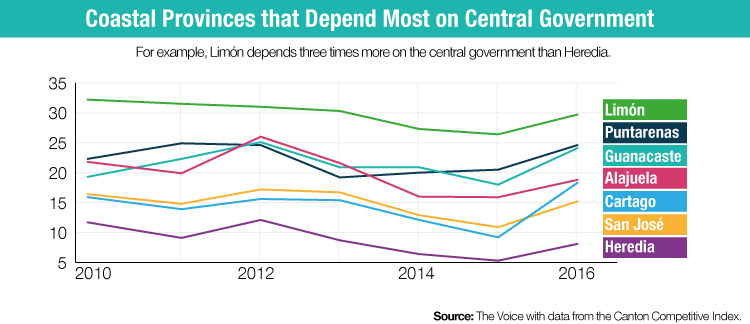
In the case of Guanacaste, the canton of La Cruz is the most dependent and Carillo the least. The border canton was most dependent in 2012 when almost 60% of its revenue came from the central government. Carrillo, by comparison, only received 8%.
Bagaces City budget chief Alonso González said that in Guanacaste, there are municipalities that receive a lot of revenue from business licenses, like Carillo and Santa Cruz, because they have a maritime-land zone.
“Most places where tourism development is centered, like Golfo de Papagayo, have restaurants, a lot of hotels and the licenses for those establishments are very good,” González said.
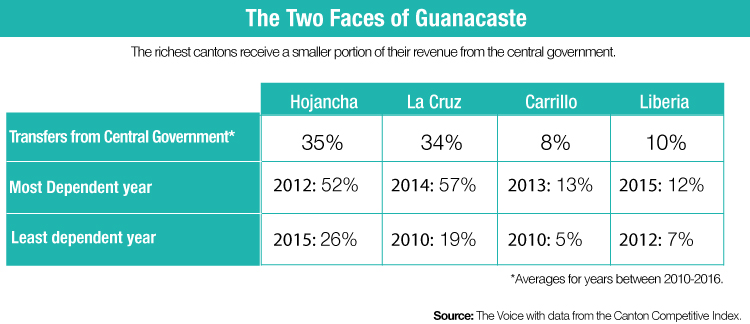
The Advantages of Being Independent
Director of the Canton Competitiveness Index (ICC) , Anabelle Ulate, said that the less a city depends on central government funds, the more likely it is to have a more dynamic economy with more diverse revenue streams.
ICC measures how cantons perform economically, such as what types of businesses they have. One of the indicators in their study is their level of dependence.
“In 2016, the two cantons least dependent on public sector transfers are Escazú and San José. San José has a diverse set of economic activities while Escazú attracts residents,” Ulate said.
Santa Cruz financial director Mario Morera said that other factors play a role, such as tax collection in each local government and population. “No one likes taxes, so city halls have to make a big effort to equip their tax revenue service.”


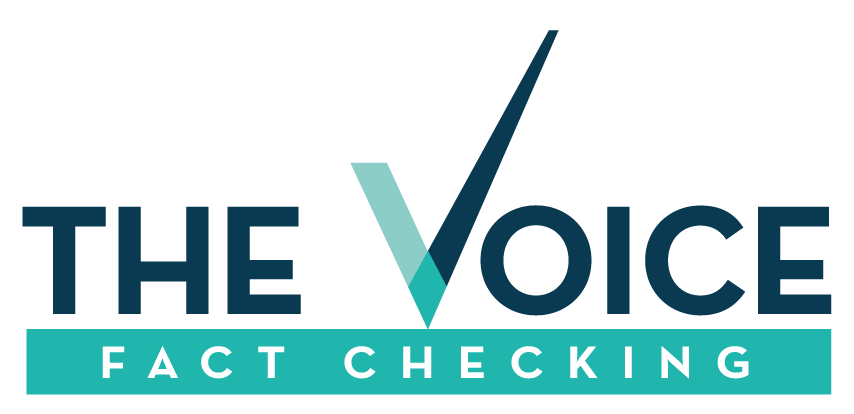
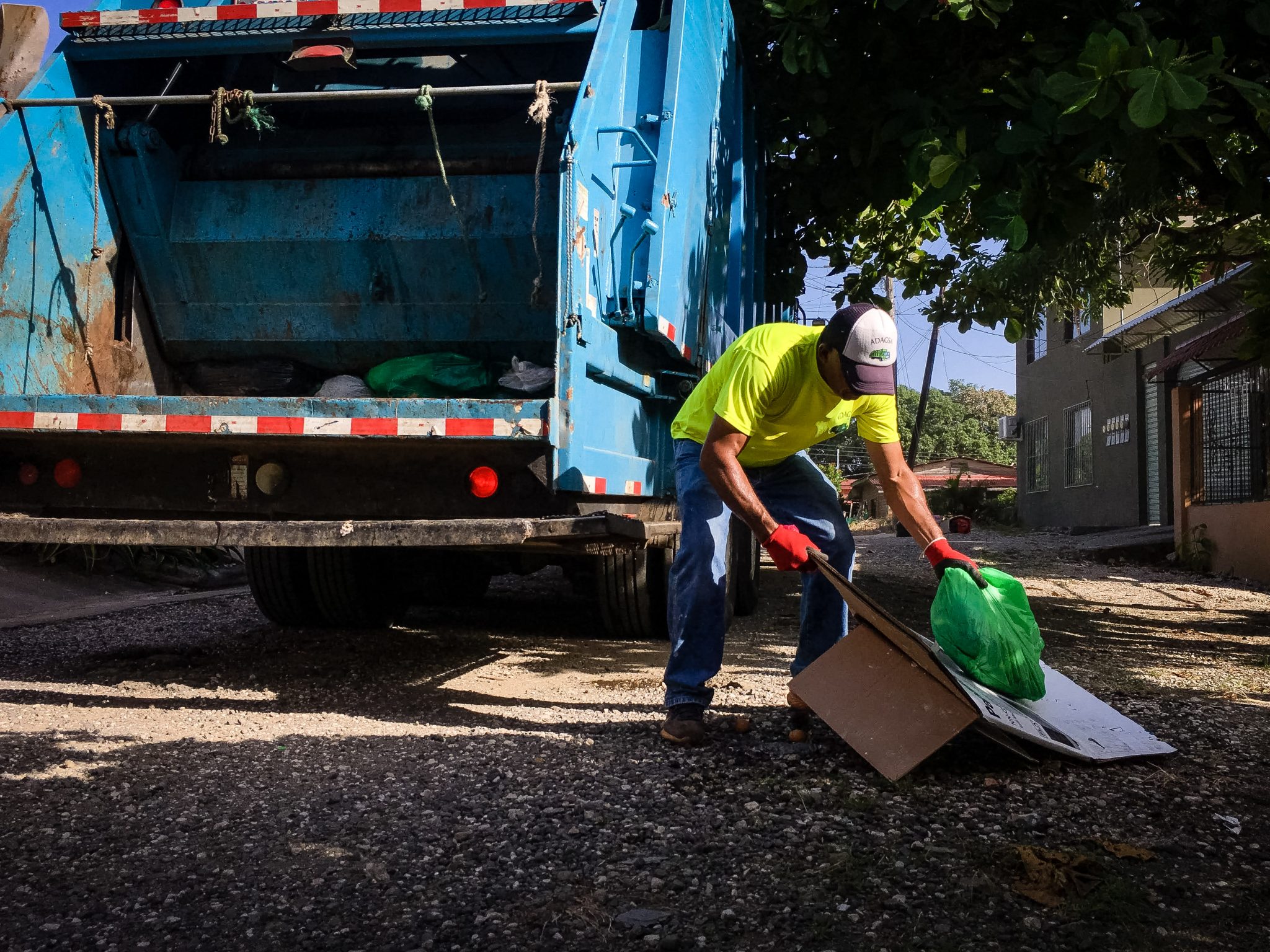




Comments